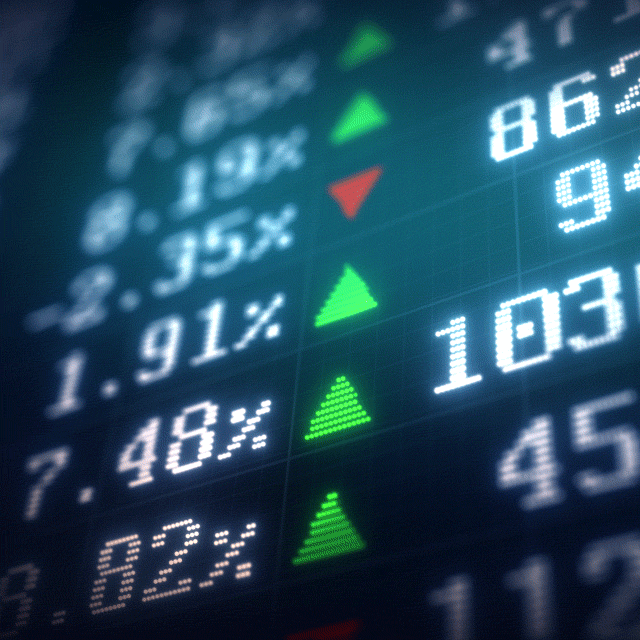Higher yields not necessarily bad news for stocks, argues City-based investment veteran

The spike in yields of late has sent shivers through stock markets, which recently reached an all-time high and whose valuations have been labelled as ‘stretched’ by more than one analyst. But this rise in yields, if contained, is not necessarily bad news for stocks.
In fact, it suggests that the rotation into reflation-driven cyclical stocks may have legs, according to Frédérique Carrier, who is head of investment strategy and leads the London equity desk at RBC Wealth Management, from her office on Bishopsgate in the City.
Global bond yields have been trending higher for some time, but the pace of their gains has accelerated recently.
“Yields are being driven higher by rising inflation expectations as the global economy heads towards further reopening,” Carrier explained to City A.M.
“The reopening of economies seems increasingly imminent to us. Recent vaccine data from Israel, where the rollout is most advanced, suggests vaccination lowers the transmission rate of Covid-19, fuelling additional optimism for a faster, wider easing of restrictions,” she said.
Higher yields
Investors have been concerned that higher bond yields may threaten equity valuations, which are now in excess of long-term averages.
After all, a share price reflects the present value of future cash flows, and if the discount rate increases, the value of future cash flows decreases.
“In practice, however, that is not always the case. In fact, since the March 2020 lows, equities have gained on the days when bond yields were up and retreated when bond yields fell,” Carrier said.
“That is because the market interpreted higher bond yields as a sign of improving economic growth prospects. In fact, similar behaviour has played out since 2000,” she pointed out.
As long as yields hover around two percent and are up due to expectations of higher growth and inflation, Carrier would expect this relationship to hold.
“After all, equity markets were strong prior to the pandemic when yields were at two per cent, though admittedly, valuation levels were not as stretched as they are now,” she observed.
More concerning would be a sharper rise in yields, one much beyond that two per cent level.
Likewise, an increase in yields brought on by concerns about Fed tapering, such as a reduction in the Fed’s bond-buying programme.
“That could upset the apple cart as it would highlight the risk of the economy being close to overheating. But tapering is not likely before next year, in our opinion,” Carrier added.
Inflation
Inflation expectations are also on the rise in the U.S. due to concerns there may be more fiscal stimulus in the pipeline than the economy needs, Carrier continued.
Another relief package perhaps on the order of $1.5 trillion will ultimately pass, coming on top of the $900bn stimulus delivered last December.
“Together, these two would amount to some 10 percent of GDP in additional stimulus among signs of the resilience of the U.S. economy in the face of the Covid-19 shock,” she noted.
Case in point, the ISM Manufacturing Purchasing Managers’ Index was at 58.7 in January, far above the average since 2000 of 52.7.
“More stimulus in the form of an infrastructure bill may also be possible this year, but would likely take time to filter through to the economy,” Carrier pointed out.
However, Fed Chair Jerome Powell suggested in his recent testimony to Congress that inflation fears may be overdone.
He pointed out that the pace of improvement in the labour market has slowed, Carrier recalled, as has that for the overall economy, while prices remain rather soft in the sectors most affected by the pandemic.
“In other words, the U.S. economy will likely remain below potential for some time even as it reopens,” she explained.
Powell’s testimony, the Fed’s commitment to allowing inflation to overshoot its target, and the high level of government indebtedness have convinced Carrier that the rise in yields will be contained, she concluded.